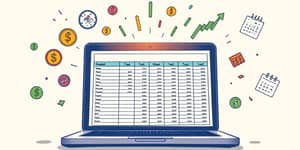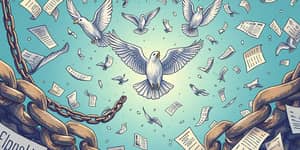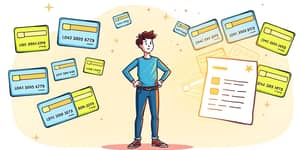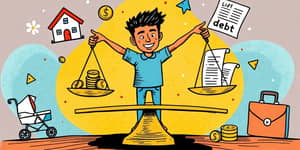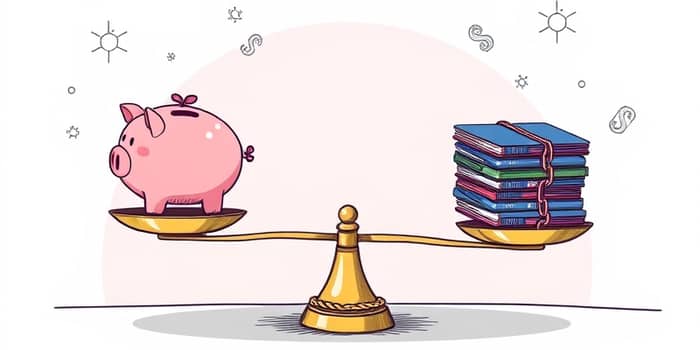
Every individual faces the tension between saving for the unexpected and chipping away at debt. Striking the right balance can mean the difference between feeling empowered and being trapped in a cycle of financial stress.
An emergency fund is money set aside exclusively to cover unplanned expenses—medical emergencies, car repairs, or job loss. Experts often suggest building a full cushion of three to six months' living costs, but a small emergency fund of $1,000 is a common starter goal for initial protection.
Debt payoff is the systematic elimination of outstanding balances, with a focus on high-interest obligations like credit cards and payday loans versus longer-term, lower-rate debts such as student loans or mortgages.
Statistics reveal the stakes: only 44% of Americans could cover a $1,000 surprise expense from savings, while 36% say their credit card debt exceeds their emergency cushion. When uncertainty strikes, insufficient buffers often push households back into borrowing.
This exposes a harsh reality: one unexpected bill can trigger a debt spiral that takes years to reverse. Without a plan, many resort to credit cards or personal loans, piling on interest and stress.
Establishing a rainy-day account before tackling debt more aggressively prevents further borrowing when emergencies arise. A modest fund offers peace of mind and financial security that debt alone cannot provide.
Consider this: missing even one debt payment to build savings can damage credit scores and incur late fees. Instead, maintain all minimum payments while channeling extra cash into that initial $1,000 buffer.
Once a basic cushion is in place, you’ll have the flexibility to pursue more aggressive debt-reduction tactics without fear of being blindsided by an emergency.
High-interest debt often acts like a relentless drain on budgets. Credit cards with APRs around 23% can cost thousands in extra interest if left unattended.
For example, a balance of $8,000 at 23.98% APR: making only the minimum $230 monthly payment takes 60 months to clear and costs $5,803 in interest. By increasing payments to $500 per month, you finish in 20 months, paying just $1,736 in interest—a savings of over $4,000.
In cases where debt payments threaten essential assets—like auto loans or mortgages—it’s critical to address those obligations first to avoid repossession or foreclosure.
Secured debts such as mortgages and auto loans carry serious risks if ignored. Never skip these payments in favor of saving; default can lead to repossession or foreclosure.
Student loans often have more flexible terms and federal protections, making them a lower immediate priority unless you prefer a clean balance sheet. Always review interest rates and repayment options before deciding.
When debt rates are comparatively low, you might comfortably split surplus funds between bolstering savings, paying down low-rate balances, and even contributing to retirement accounts.
For many, the ideal path is a blended strategy: maintain minimum payments, secure a basic emergency cushion, then allocate extra funds based on interest rates, risk tolerance, and personal goals.
This approach ensures you have liquidity to withstand shocks while steadily reducing the burden of high-cost debt. Over time, this balanced method fosters both confidence and momentum.
Choosing whether to build an emergency fund or attack debt first is not an either/or decision but a phased journey. By securing an initial cushion, maintaining essential payments, and targeting high-interest balances, you can forge a path toward lasting financial resilience and freedom.
Begin today: establish your starter fund, commit to minimum payments, and design a plan that aligns with your goals and risk tolerance. With intentional steps, you’ll weather unexpected storms and steadily eliminate debt, paving the way to a more secure, stress-free future.
References






